Karol Wojtyla
Last name: Wojtyla
Name names: Karol, Joseph
Also known as: Pope John Paul II
Born: 18 maj 1920 (Wadowice, Poland)
He died: 2 April 2005 (Vatican, Vatican).
Karol Wojtyla – born 18 May 1920 in Wadowice, He died 2 April 2005 in the Vatican; son of Emilia and Karol, Edmund's brother; Pope John Paul II.
He started his education in 1983 1926. He was a gifted and attentive student. As a child, he loved sports – he went skiing a lot and played football. From 1930 year began education in 8 summer Marcin Wadowita State Male Gymnasium in Wadowice. In the first grade, Fr.. Kazimierz Figlewicz encouraged him to join the altar group, of which he became president. He graduated from gymnasium with an excellent grade, which allowed him to study at most universities without entrance exams.
In April 1929 in the year his mother died, three years later Brother Edmund.
W 1938 together with his father, he moved to Krakow, where he studied at the Faculty of Philosophy of the Jagiellonian University – Polish Studies course. Three years later, 18 February 1941 year, Karol's father died after a long illness.
The war prevented Karol from continuing his studies. For some time he worked in the Solvay chemical plant, quarry in Zakrzówek and then in the soda treatment plant in Borek Fałęcki. He was also associated with the underground organization “Union”, connected with the Catholic community, which, among other things, tried to protect the endangered Jews.
W 1942 Karol Wojtyła began his underground seminar studies, led by Archbishop Adam Stefan Sapieha. 1 October 1946, He was ordained a priest in the private chapel of Archbishop Sapieha. The first mass, primitive, in the crypt of St.. Leonard in Wawel. From April 1945 to August 1946 He also worked at the Jagiellonian University as an assistant and conducted seminars on the history of dogma. 15 November 1947 Together with the seminarian Stanisław Starowiejski, he left for Rome, to continue my studies at Instituto Internazionale Angelicum. W 1948 He graduated from university with a summa cum laude diploma ( with the highest praise). Under the guidance of a theologian, Dominican Reginald Garrigou-Lagrange wrote a doctoral dissertation entitled. “Faith issues in Saint John of the Cross”, however, due to the lack of funds to publish it in print, he did not obtain a doctoral degree. This title was awarded to him only in Poland.
W 1948 year he returned to Poland fulfilling his ministry in the parish, in the small village of Niegowić. He often traveled with young people all over Poland. In March 1949 Karol Wojtyła was transferred to the parish of St.. Florian in Krakow.
In year 1951 after the death of Cardinal Sapieha, Karol Wojtyła was sent on leave in order to complete his habilitation thesis. During this period, he also devoted a lot of attention to his journalistic work. Day 12 of December 1953 his job “Assessment of the possibility of basing Christian ethics on the assumptions of Max Scheler's system” was adopted unanimously by the Council of the Faculty of Theology of the Jagiellonian University, however, Wojtyła did not obtain his habilitation due to the refusal of the Ministry of Education.
W 1958 Karol Wojtyła was appointed titular bishop of Ombria, and also an auxiliary bishop of Krakow. Episcopal consecration of Fr.. Karol Wojtyła has done 28 September 1958 in the Wawel cathedral, the metropolitan of Krakow and Lviv, Archbishop Eugeniusz Baziak. Co-consecrators were Bishops Franciszek Jop and Bolesław Kominek. W 1962 He became the national chaplain of creative circles and intelligentsia. The sessions of the Second Vatican Council were also held during the period of Karol Wojtyła's bishopric, in which he actively participated. Already during this period, Karol Wojtyła spent a lot of time traveling abroad for evangelization and religious purposes.
30 of December 1963, one and a half years after the death of his predecessor, Archbishop Eugeniusz Baziak, Karol Wojtyła was appointed Metropolitan Archbishop of Krakow. During the consistory 26 June 1967 he was nominated a cardinal. 29 June 1967 He received a red cap from Pope Paul VI in the Sistine Chapel, and its titular church became the church of St.. Caesary Martyr on the Palatine.
At the second conclave of the year called after the death of John Paul I 1978 Wojtyła was elected pope and took the name of John Paul II. The result of the selection was announced 16 October 16:16.
13 May 1981, during the general audience at St.. Peter in Rome at 17:19, John Paul II was shot in the stomach and arm by the Turkish assassin Mehmet Ali Agca. The injured pope fell into the arms of Secretary Dziwisz standing behind him. Security took John Paul II to the Gemelli clinic, where the Pope was subjected to a very hard six-hour operation. However, he never fully recovered. The Pope believed, that he owed his salvation to the intercession of the Mother of God. He put it in words: One hand was firing and the other was directing the ball
. In March 2006 an inquiry commission of the Italian parliament established to establish the accountability of Italian citizens suspected of cooperating with the KGB, she determined indisputably, that the order to kill the pope was personally given by the First Secretary of the Central Committee of the CPSU, Leonid Brezhnev, and approved by the Politburo of the. in. Mikhail Gorbachev. Ali Agca was commissioned by the Bulgarian security service, whose actions were to inspire the Soviet KGB. Archive research has revealed, that there was a chance to prevent the attack. Unfortunately, the warning signals given by the American CIA were disregarded. After the attack, the Pope's entourage introduced special security measures (m.in. the papamobile was properly armored).
John Paul II from the beginning of the years 90. suffered from progressive Parkinson's disease. Despite numerous speculations and suggestions to resign from the function, which intensified in the media, especially during the Pope's subsequent stays in the hospital, he held it until his death. In July 1992 underwent surgery to remove a cancerous tumor in the large intestine. His many years of struggle with illness and old age were a personal example of the views expressed on this subject, in which he emphasized the dignity of human suffering and applied it to the passion of Christ. 13 May 1992 John Paul II established the World Day of the Sick.
31 brand 2005 just after an hour 11, when John Paul II went to his private chapel, he experienced severe chills, after which he got the temperature 39,6 degree. It was the beginning of a severe septic shock combined with a cardiovascular collapse. They were caused by a urinary tract infection in a weakened Parkinson's disease and respiratory failure organism. Despite his serious condition, John Paul II did not want to be transported to the hospital. 2 April, on the day of death, at 7.30 water, the pope began to lose consciousness, and in the late morning he received the Vatican Secretary of State, Cardinal Angelo Sodano. Later that day, there was a sharp increase in temperature. About an hour 15.30 in a very weak voice the Pope said: Let me go to the Father's house
. At 19 entered a coma, and the monitor showed progressive loss of vital signs. The personal papal doctor Renato Buzzonetti stated the death of John Paul II at 21:37, but the electrocardiogram was turned off only after 20 minutes from now.
The funeral of John Paul II took place on Friday 8 April 2005 r. The body was placed in the basement of St.. Peter in the Vatican, in the crypt of John XXIII.
The conclave chose the successor of John Paul II 19 April 2005. One of the late pope's closest associates became him, niemiecki kardynał Joseph Ratzinger, who took the name of Benedict XVI.
Books published by Karol Wojtyła
- Saint John of the Cross, teaching about faith
- Person and action
- Cross the Threshold of Hope
- Love and responsibility
- Gift and Mystery
- Memory and Identity
- Get up, let's go
- Sign, whom they will oppose
- Ethical primer
- Our god's brother
- Radiation of paternity
- Job
- In front of the jeweler's shop
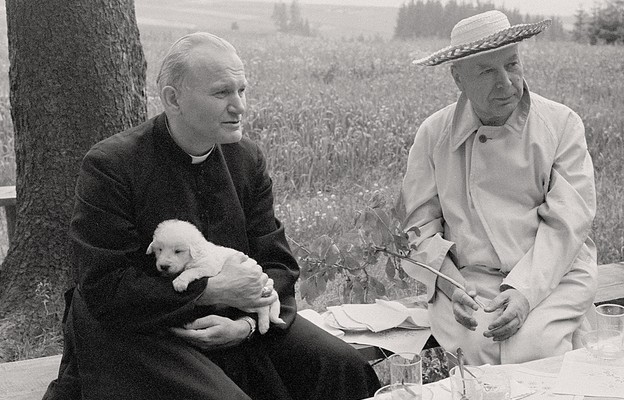

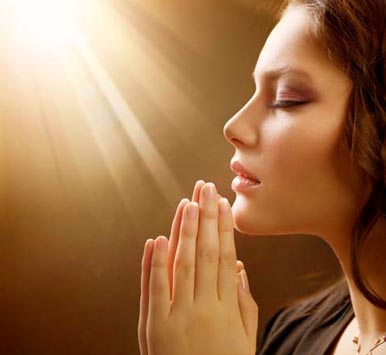
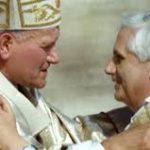

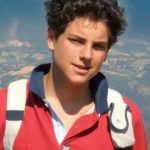

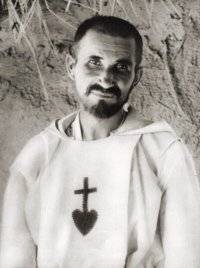


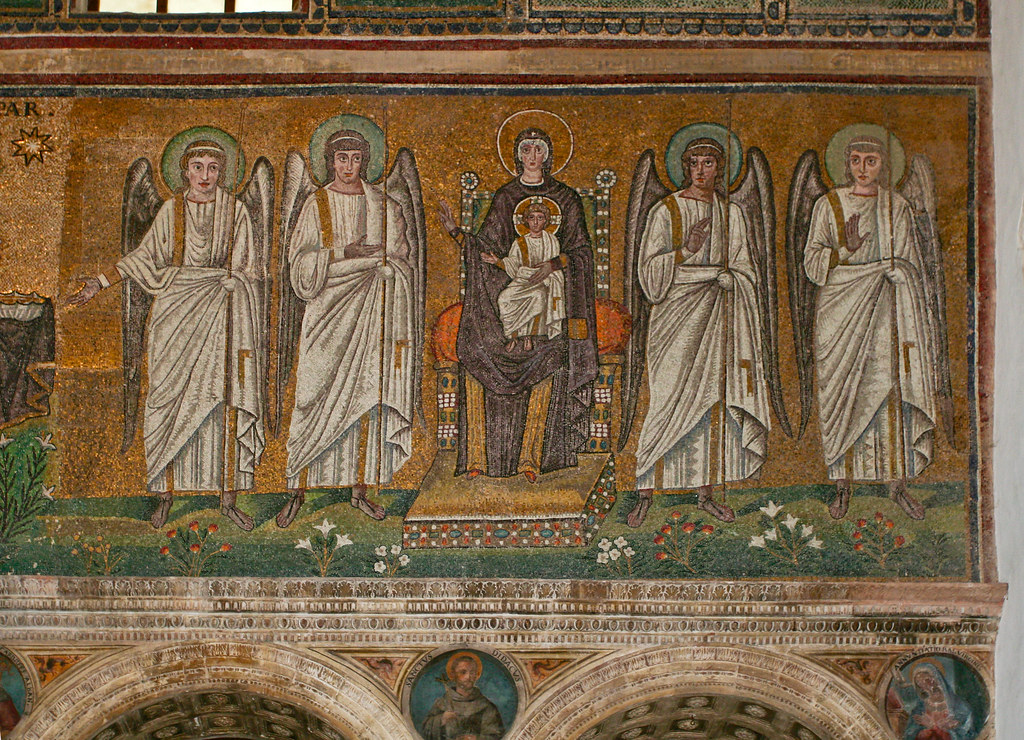
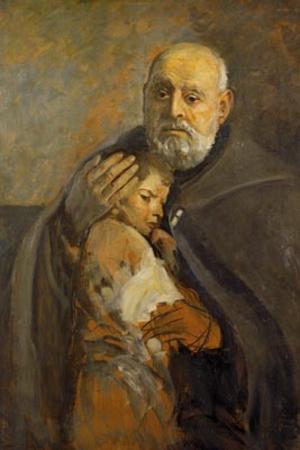
One thought on “Karol Wojtyla”